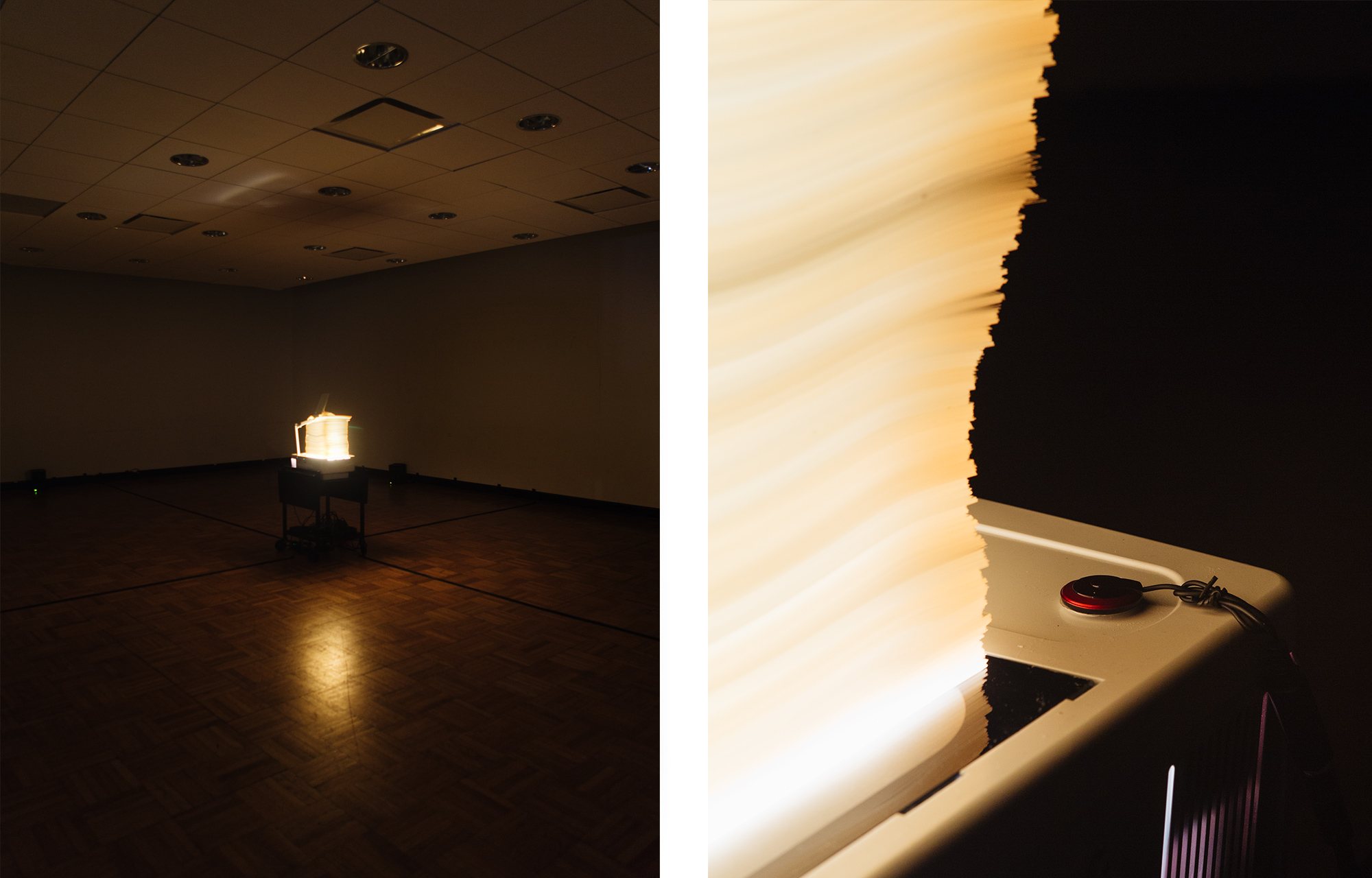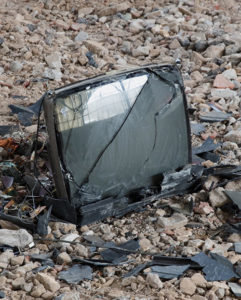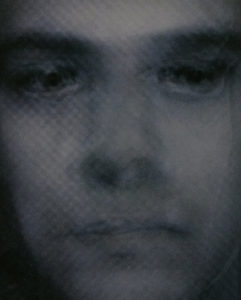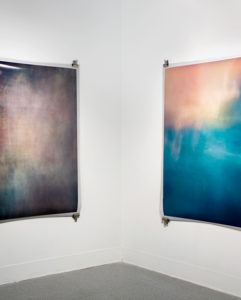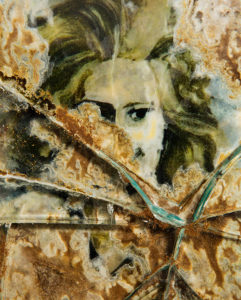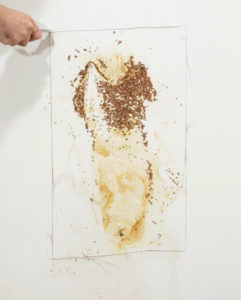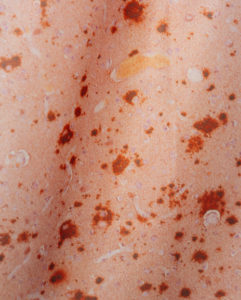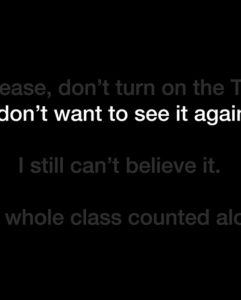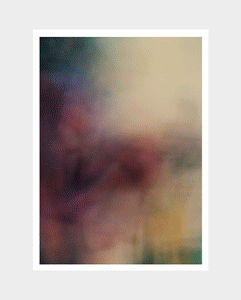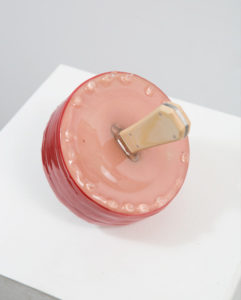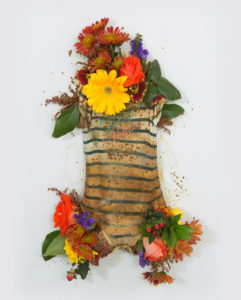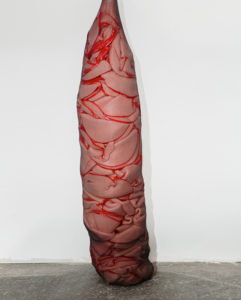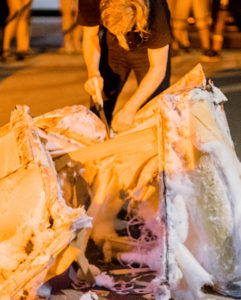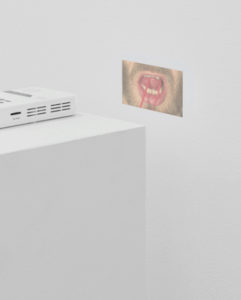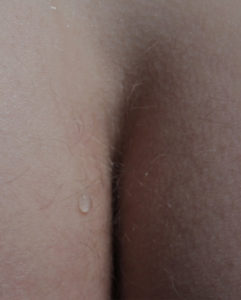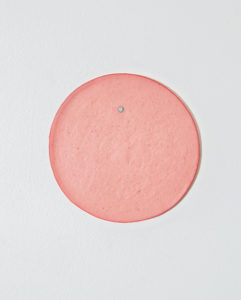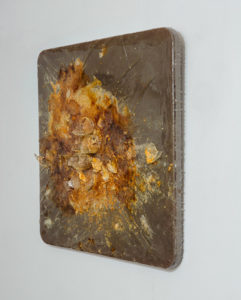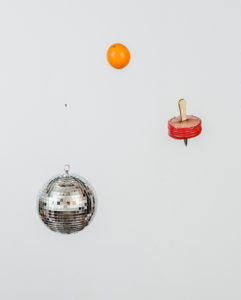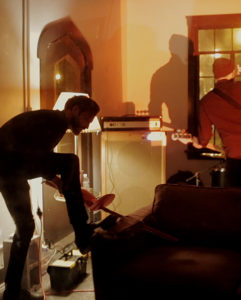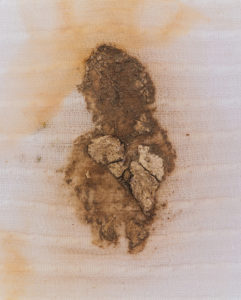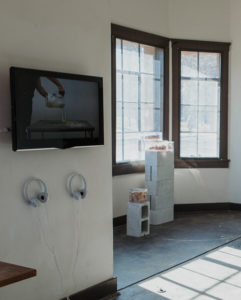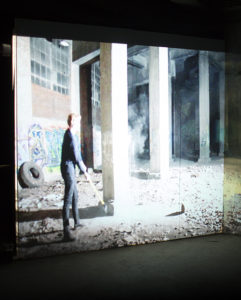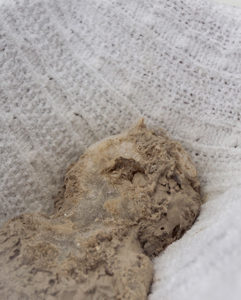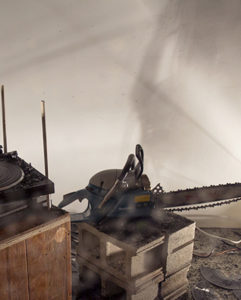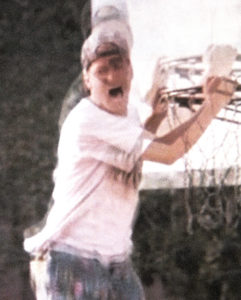Approximating the Noise Floor
In the center of an otherwise dark room is an all white overhead projector on a black A.V. cart. An unknown number of blank transparencies sit on its glass surface, stacked until they hit the lens. Due to the noise floor of the medium of transparencies, they consume and contain the available light. By the time the stack hits the top, the lens is blocked and prevented from projecting forward. The floor becomes the ceiling. The mirror, which usually bounces the image outward, now only gazes back at the viewer blankly. Contact microphones, which are moved and manipulated during the performance, are attached to different parts of the body of the projector with sticky tack, which acts as both an adhesive and a conduit. The sound is sent through a looping pedal and mixer, which splits the signals between multiple speakers around the exterior of the space, pointing inward, back towards the center and source. The sound is all consuming in its volume and describes the space as it fills it. The system is self-contained and all encompassing.
In sonic terms, the noise floor is the unwanted sound produced by the medium itself and the accumulation of devices used for recording. It’s the hiss of a cassette, or a record, a microphone, a set of television speakers, and even the hum of the room you’re recording in. It’s what masks any sounds that fall below it, and something you must rise above for your signal to register. This piece is a physical and sonic manifestation of that phenomenon, expanded into 4 dimensions.
This video is an excerpt of a performance, but also documentation of the piece in its other form–as an autonomous installation sans-performer.
2018
